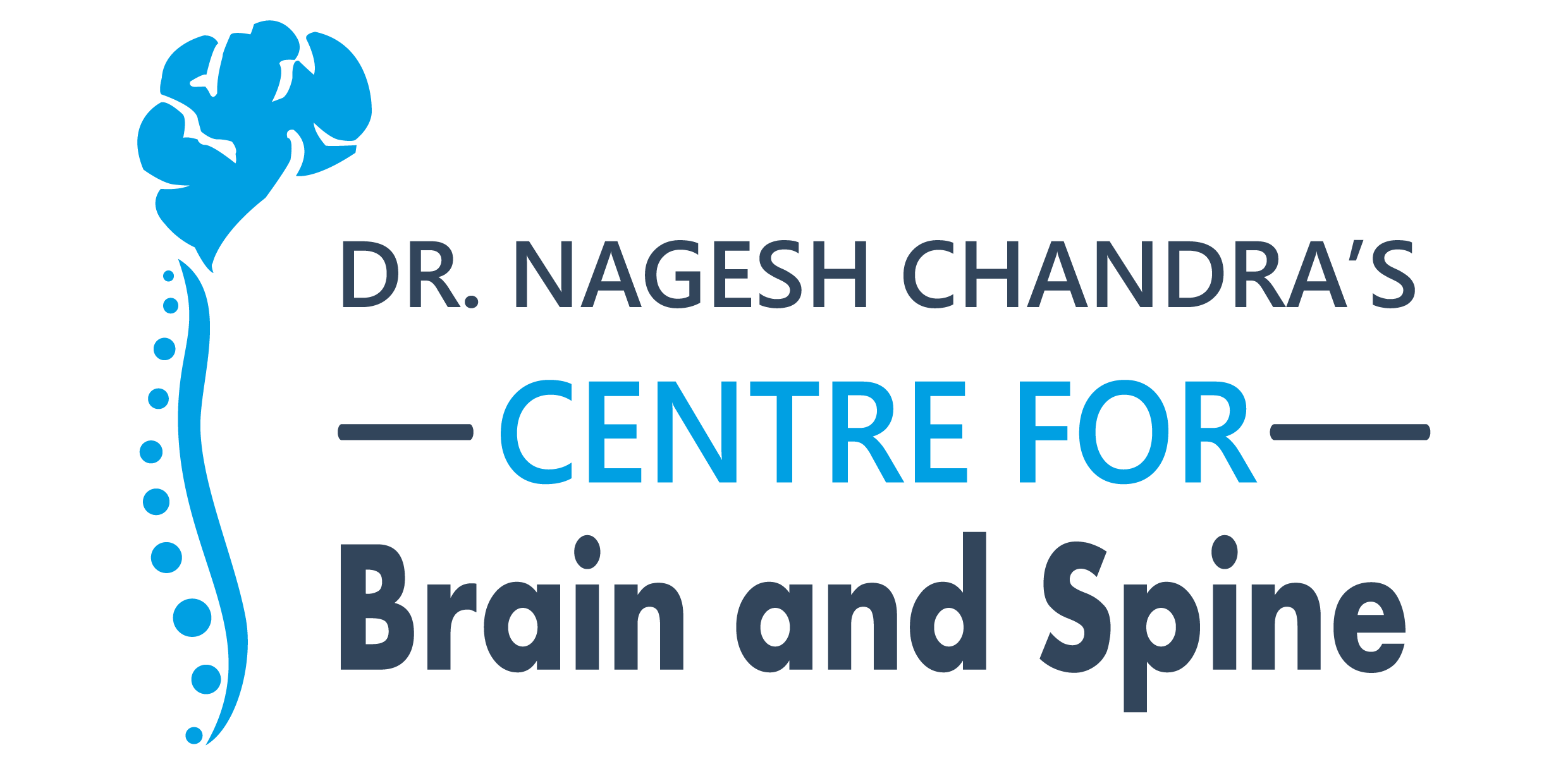Epilepsy is a neurological disorder that affects lives in a drastic way. In this comprehensive guide, we will know the complexities of epilepsy, its causes, symptoms, and available treatment options. Whether you’re someone living with epilepsy, a concerned family member, or a curious reader, this article will provide detailed understanding about this condition.
What is Epilepsy
Epilepsy is a chronic neurological condition in which the patient experiences seizures. These seizures occur due to sudden, activity in the brain, leading to temporary disruptions in working of brain to function. These seizures manifest in various ways, ranging from mild and barely noticeable to severe and convulsive.
Causes
The causes of this diseasees are diverse and vary from person to person. Some common factors contributing the problem include:
- Genetics: Family history can play a significant role in the development of epilepsy. Individuals with a family member affected are at a higher risk of developing the condition themselves.
- Brain Injuries: Head injuries resulting from accidents or traumatic events can trigger this problem, especially if the injury affects specific brain regions responsible for regulating electrical activity.
- Brain Abnormalities: Structural abnormalities in the brain, brain tumors, malformations, or strokes, also causes the development of epilepsy.
- Infectious Diseases: Infections, like meningitis or encephalitis, cause inflammation in the brain, increasing the risk.
- Developmental Disorders: Conditions such as autism or neurofibromatosis associated with a higher incidence of epilepsy.
Symptoms of Epilepsy
Epileptic seizures is present in various forms, and the symptoms experienced depend on the specific brain regions affected. Common seizure types include:
- Generalized Seizures: These seizures can be in both hemispheres of the brain and may lead to loss of consciousness, muscle spasms, and convulsions.
- Focal (Partial) Seizures: Focal seizures originate in one specific part of the brain and may result in altered consciousness, repetitive movements, or unusual sensations.
- Absence Seizures: Typically seen in children, absence seizures cause brief lapses in awareness, with the individual appearing to stare into space momentarily.
Diagnosis of Epilepsy
For diagnosing epilepsy, neurologists need to know your detailed medical history, physical examination, and specialized tests. The following diagnostic methods are commonly used:
- Electroencephalogram (EEG): EEG measures brain activity by recording electrical signals using scalp electrodes. It identifies abnormal brain patterns characteristic of epilepsy.
- Brain Imaging: Magnetic Resonance Imaging (MRI) and Computerized Tomography (CT) detect structural abnormalities in the brain linked to this condition.
- Blood Tests: Blood tests identify underlying conditions that might be contributing to seizures.
Treatment Options for Epilepsy
The treatment of epilepsy control seizures effectively, minimize side effects. Treatment options include:
- Medicines: Anti-seizure medications, also called antiepileptic drugs (AEDs), are also useful in treatment for epilepsy.
- Ketogenic Diet: High-fat, low-carbohydrate ketogenic diet is given to children with epilepsy to reduce its frequency.
- Vagus Nerve Stimulation (VNS): VNS is a surgical procedure in which implanting a device that stimulates the vagus nerve, helping to reduce seizures is done.
- Responsive Neurostimulation: This treatment option in which doctors do the implantation of a device that detects and responds to abnormal brain activity, disrupting seizures before they occur.
- Epilepsy Surgery: In cases where seizures originate from a specific, accessible brain region, surgery may be considered to remove the affected area.
Before starting with a treatment course, always go for a second opinion. Delhi’s top brain and spine doctor can help you understand the treatment that suites your condition

